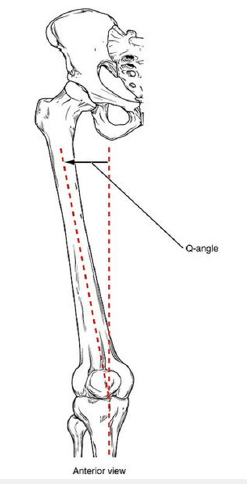- Submissions

Full Text
Research & Investigations in Sports Medicine
The Use of The Male vs Female Pelvis to Assist in Certifying Eligibility for Competition in Female Sports
Dennis Shavelson*
The Foot Centering Institute, USA
*Corresponding author:Dennis Shavelson, The Foot Centering Institute, USA
Submission: May 02, 2023;Published: May 22, 2023

ISSN: 2577-1914 Volume9 Issue4
Introduction
To be clear, the author is not involved in the politics of transgender participation in Female sports. This paper is focused on the obvious differences in the male and female anatomy and engineering that exists that may be used to solve the gender confusion that now exists in female sports.
The aim of this correspondence is to merely suggest a theoretical answer to consider as a solution to the benefit of all involved that may reduce the political charged milieu that exists with a possible solution.
In humans,
1. The pelvis is one of the most useful skeletal elements for differentiating between
males and females.
2. The Female is shorter and wider than Male Pelvis and has a rounder pelvic inlet.
3. Male iliac crests are higher than females, causing them to look taller and narrower.
4. The male sacrum is longer, narrower, straighter, and has a pronounced sacral
promontory relative to the female sacrum (Figure 1).
Figure 1:

Summarily, female pelvis acts as the birth canal for delivery of babies. It is anatomically different than the male pelvis in that it is wider and shorter.
There is a test that displays these differences called The Quadriceps Angle or Q Angle. It measures the association between patellofemoral pathology and excessive lateral tracking of the patella, assessing the overall lateral line of pull of the quadriceps relative to the patella (Figure 2).
Figure 2:A typical Q angle is 12 degrees for men and 17 degrees for women.

Perhaps an examination with or without x-rays + a “Q Angle” Determination could be used to determine the eligibility of each potential athlete as male or female.
Dennis Shavelson is to be the sole author of this Correspondence as seems to be the case (The other author has created bad publicity and controversy over the article and so should not be included as an author. He provided some editing and commentary but no substantial authorship.
© 2023 Waleed Ghanim Thanoon. This is an open access article distributed under the terms of the Creative Commons Attribution License , which permits unrestricted use, distribution, and build upon your work non-commercially.
 a Creative Commons Attribution 4.0 International License. Based on a work at www.crimsonpublishers.com.
Best viewed in
a Creative Commons Attribution 4.0 International License. Based on a work at www.crimsonpublishers.com.
Best viewed in 







.jpg)






























 Editorial Board Registrations
Editorial Board Registrations Submit your Article
Submit your Article Refer a Friend
Refer a Friend Advertise With Us
Advertise With Us
.jpg)






.jpg)














.bmp)
.jpg)
.png)
.jpg)










.jpg)






.png)

.png)



.png)






